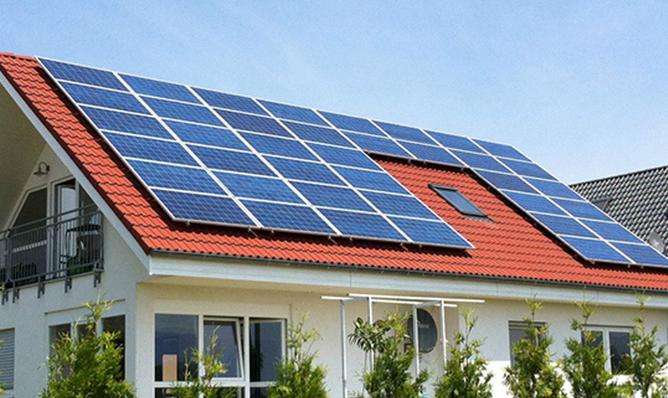(1) Hydroelectricity: When water (having potential energy) from a high place flows to a low place, the potential energy is converted into kinetic energy. At this time, the hydraulic turbine installed in the lower part of the waterway turns. Using the kinetic energy of the water flow pushing the blades (mechanical energy), if a hydraulic turbine is connected to a generator, it can drive the generator to rotate and convert the mechanical energy into electrical energy. This is the principle of hydroelectric power production. . Hydropower can generally be divided into electricity generation from rivers, dams (reservoirs) and pumped storage. Pumped power generation releases water from a reservoir to generate electricity during the day when electricity demand is at its peak, and uses the excess electricity to pump the water up to the tank at night (electric energy(electricity is converted into potential energy) to produce electricity during the day. when electricity demand is at its peak. Advantages ---- 1. Quick response --- Just open the water gate and feed it into the high pressure steel pipe
to start generating electricity. 2. Clean --- unlike thermal energy and nuclear energy which produces waste or waste
There are no problems or inconveniences when it comes to cooling water -- -- 1. Water dam
It is easy to cause environmental and soil and water conservation problems 2 Suitable for location
River emergency in the short term in Taiwan
Although there are many hydroelectric power plants
, the electricity generation capacity is quite low (2) Thermal. electricity production: use of thermal energy generated by the combustion of coal, oil, liquefied natural gasié and other fuels, allowing water to be heated and transformed into steam. Under continuous heating, water is transformed into steam at high pressure and high pressure. then the energy of this high temperature and high pressure steam is used to operate the steam turbine to drive the generator to produce electricity. In addition, power generation by internal combustion engine is also a type of thermal power generation. Typically, an internal combustion engine (engine) powered by diesel fuel is used to drive a generator to produce electricity. This method of generating electricity is mainly used on isolated islands with low energy consumption, or as backup generators in buildings and factories. Advantages ---- 1. The generator set can be overloaded - when the power supply is tight
It can be overloaded without trippingr easily 2. It is less affected by the region
As long as there is fuel Disadvantages of electricity generation ----- 1. Air pollution problem 2. Problem cooling water temperature and drainage 3. Fuel source problem ---- especially in Taiwan
Raw materials need to be imported
The biggest advantage: zero emissions
Will not pollute the air Second: use of renewable energy
Reduce costs














